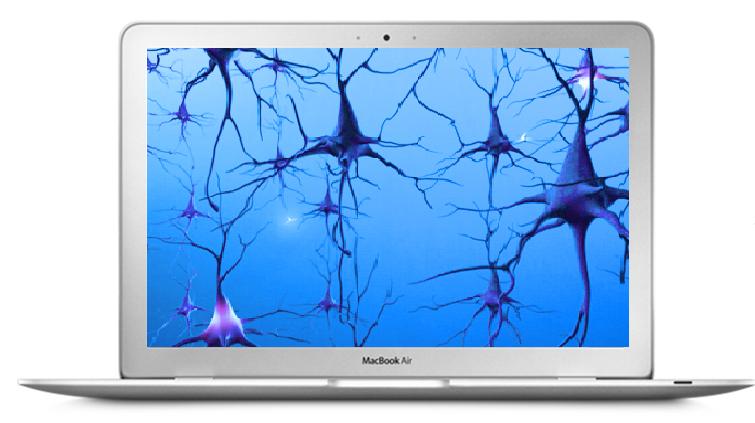Team:Valencia/Project
From 2009.igem.org
(→Valencia iGEM09 Project description) |
(→Valencia iGEM09 Project description) |
||
| Line 10: | Line 10: | ||
It is known that for instance <b>neurons, cardiomyocites or muscle cells</b> are able to sense and respond to electrical signals. These cells use a common second messenger system, calcium ion, which promote a defined response when an electrical pulse is supplied to them. Nevertheless, these cultures present several disadvantadges in order to make use of them from the technological point of view: | It is known that for instance <b>neurons, cardiomyocites or muscle cells</b> are able to sense and respond to electrical signals. These cells use a common second messenger system, calcium ion, which promote a defined response when an electrical pulse is supplied to them. Nevertheless, these cultures present several disadvantadges in order to make use of them from the technological point of view: | ||
| + | |||
- Get easily contamiated. | - Get easily contamiated. | ||
| + | |||
- Genetical manipulation is complicated and expensive. | - Genetical manipulation is complicated and expensive. | ||
| + | |||
- To be very sensible to external conditions. | - To be very sensible to external conditions. | ||
Revision as of 14:53, 21 September 2009
Valencia iGEM09 Project description
The iGEM Valencia Lighting Cell Display (iLCD) is our project for the present iGEM competition. We are developing a “bio-screen” of voltage-activated cells, where every “cellular pixel” produces light.
It is known that for instance neurons, cardiomyocites or muscle cells are able to sense and respond to electrical signals. These cells use a common second messenger system, calcium ion, which promote a defined response when an electrical pulse is supplied to them. Nevertheless, these cultures present several disadvantadges in order to make use of them from the technological point of view:
- Get easily contamiated.
- Genetical manipulation is complicated and expensive.
- To be very sensible to external conditions.
Valencia team uses this sensibility of the calcium chanel to the electicity to produce yeast fluorescence as a response to an electrical estimulous. This project constitutes the FIRST TIME!!!! in which the electrical response of Saccharomyces and its potential applications are going to be tested. The obtained results will be used to build the first iLCD in history.
The main advantages of using electrical signals instead of chemical stimulation, as in the Coliroid project (Levskaya et al, Synthetic biology: Engineering Escherichia coli to see light. Nature 438, 441-442), are reversibility and high frequency: the system can go back to the resting state and it will take milliseconds to refresh an image, actually showing animated pictures!.
If Molecular Biology is only one of the pillars on top of which this project is established, Engineering is the second pillar. We need to design and build some hardware, and fine tune the software, which allows sending, for the first time in history, electrical signals to an array of cells of our “bio-screen”. Moreover, the dry lab team will model the voltage-activation and light production, taking into account the different cell types as well as the possible noises that could happen on the bench.
The third pillar of this project will be Human Practices. We are going to reflect on the perception that different groups of people, from a variety of educational levels and professional areas, have on Synthetic Biology. For this reason, we have made a survey that has already [http://igemvalencia.questionpro.com been published] and will appear in our wiki and in the well-known social network “Facebook”.
iLCD will be a major advance in Synthetic Biology, opening the field of Green Electronics, integrating electrical signals with cell behaviours. This will reduce the response time of the cells to the activation signal by up to two orders of magnitude, as well as foster the combination of Electronics and Biology.
 "
"





